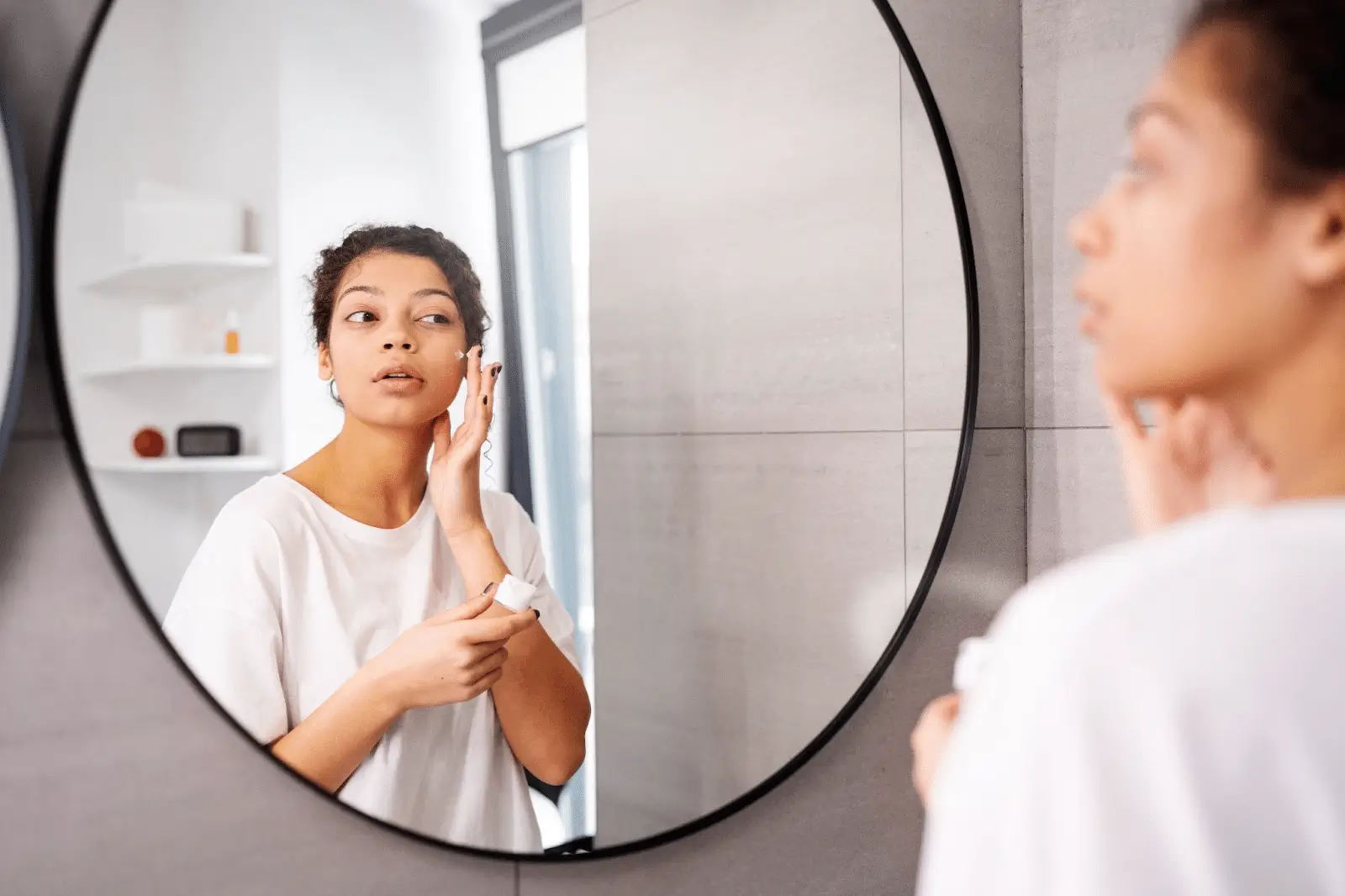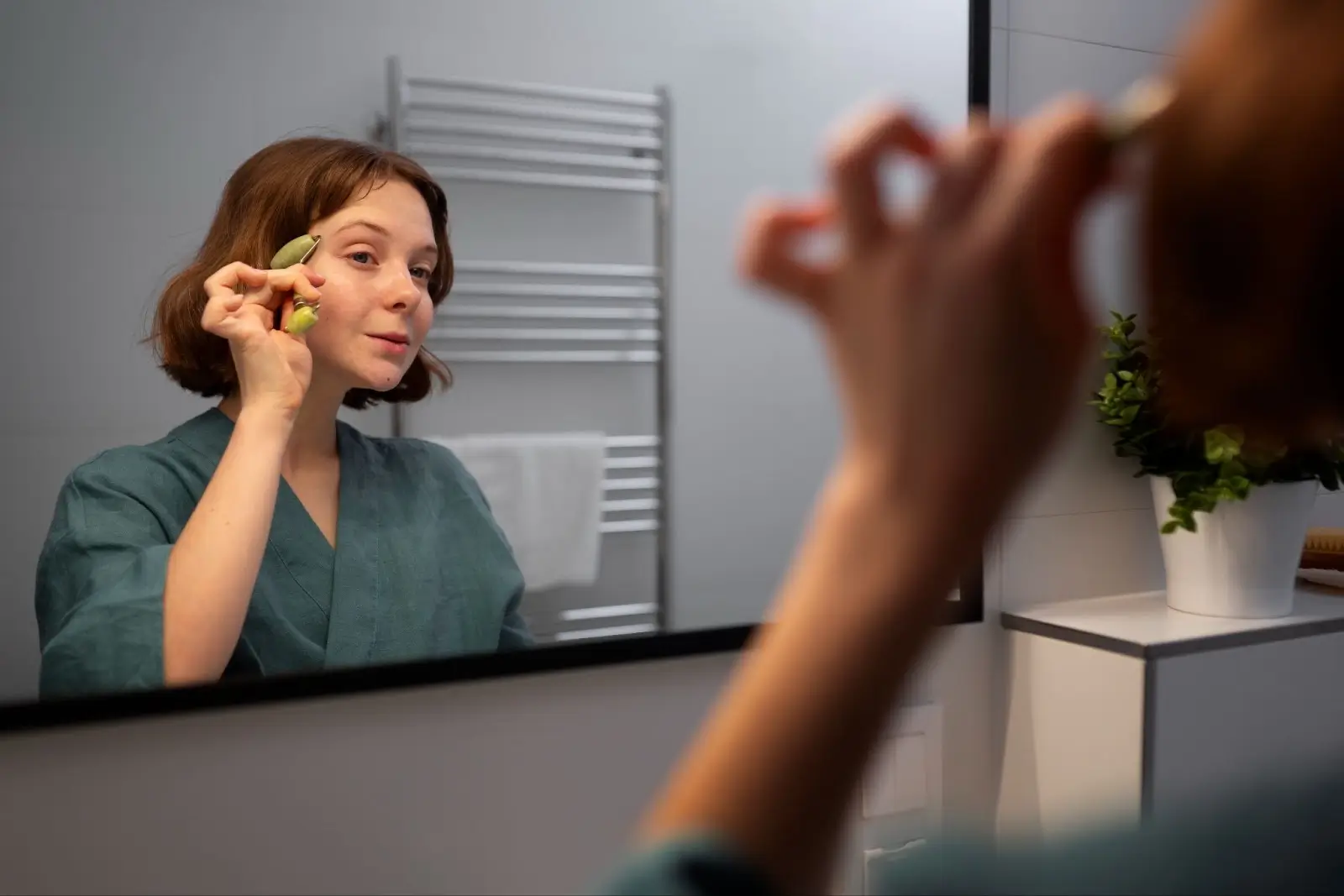
When it comes to skin treatments, what happens after the procedure can be just as important as the treatment itself. Good aftercare not only protects your skin but also enhances your results—helping to prevent irritation, support healing, and ensure a smoother recovery process.
PRX-T33 has gained attention as a non-invasive, biorevitalizing peel that stimulates collagen production without the typical peeling or downtime of traditional chemical peels. Its unique formulation of trichloroacetic acid (TCA) and hydrogen peroxide allows for deep dermal stimulation while keeping the skin surface intact. But while the treatment is gentle, proper aftercare is still essential for achieving the best possible outcome.
In this article, we’ll walk through simple, effective aftercare tips and guidelines to help you get the most from your PRX-T33 treatment—so your skin stays healthy, radiant, and beautifully refreshed.
Key Takeaways
- PRX-T33 is a biorevitalizing peel that stimulates collagen with minimal visible peeling, but proper aftercare is essential for optimal results.
- Mild redness, tingling, or tightness may occur after treatment and usually fade within hours. Some patients may experience light flaking, depending on skin type.
- A gentle skincare routine should include sulfate-free cleansers, fragrance-free moisturizers, and broad-spectrum sunscreen (SPF 30 or higher).
- Avoid sun exposure, exfoliating products, strenuous exercise, saunas, and chlorinated pools during the recovery period.
- Consistent aftercare helps preserve results, reduce complications, and promote smoother, firmer, more radiant skin over time.
About: Doctor Medica is your trusted supplier of top-quality dermal fillers, viscosupplements, and more for your medical practice. We offer genuine products from leading brands at the lowest prices in the market. If you’re looking to order PRX T33 online for your practice, contact Doctor Medica today.
Immediate Post-Treatment Reactions and How to Manage Them

After a PRX-T33 treatment, it’s normal to notice some mild redness, tingling, or tightness in the treated areas. These immediate reactions are typically short-lived and often resolve within a few hours. Unlike traditional TCA peels, PRX-T33 is designed to revitalize the skin without visible peeling or frosting, which makes the recovery process more comfortable and manageable for most patients.
How to Manage Early Reactions
- Apply a recommended post-treatment moisturizer to restore hydration and support the skin barrier.
- Avoid fragranced or harsh skincare products, especially in the first 48 hours.
- Use a cool compress if tingling or tightness feels uncomfortable.
- Do not pick or scratch the skin, even if mild flaking occurs. While PRX-T33 is considered a non-peeling treatment, some patients may notice light flaking, especially those with a thicker stratum corneum.
These initial steps lay the groundwork for a smooth recovery and help minimize potential irritation or setbacks.
Skincare Routine After PRX-T33: Gentle Cleansing, Moisturizing, Protection
Your skin enters a sensitive post-procedure phase after PRX-T33, where the right aftercare can make a meaningful difference in results. Although this peel is less aggressive than traditional chemical treatments, your skin still needs time and care to regenerate properly.
A thoughtful skincare routine doesn’t just protect your skin—it enhances collagen stimulation and supports the long-term effects of your treatment.
Recommended Skincare Routine
- Gentle Cleansing: Use a mild, sulfate-free cleanser twice daily. This removes impurities without stripping essential moisture. Choose products labeled for sensitive or post-treatment skin.
- Deep Hydration: Apply a soothing, fragrance-free moisturizer consistently.
- Barrier Support: Strengthen your skin with ingredients like ceramides, peptides, or hyaluronic acid. Your provider may recommend WiQo Smoothing Fluid, which contains glycolic acid and has been clinically tested with PRX-T33.
- Sun Protection: Use a broad-spectrum sunscreen with SPF 30 or higher every day—even when indoors. Post-treatment skin is more susceptible to UV damage, and sun protection helps prevent hyperpigmentation and preserves your results.
Activities and Products to Avoid After PRX-T33

Aftercare is not just about what you do; it’s also about what you don’t do. Because your skin is in a heightened state of sensitivity, avoiding certain activities and products is crucial for proper healing and optimal results.
Activities and Products to Avoid
- Direct Sun Exposure and Tanning Beds: UV rays can increase the risk of post-inflammatory hyperpigmentation. Wear a wide-brimmed hat, seek shade, and always use broad-spectrum sunscreen.
- Exfoliating Acids, Scrubs, or Retinoids: Postpone use of AHAs, BHAs, retinol, and physical exfoliants for at least 5–7 days, or until your provider advises.
- Intense Exercise and Sweating: For the first 24 hours, avoid heavy workouts. Excessive sweating may irritate the skin or increase the risk of infection.
- Hot Environments: Skip saunas, steam rooms, and chlorinated pools for several days, as these can aggravate the treated skin.
Staying away from these triggers is just as important as following a supportive skincare routine. When comparing BioRePeel vs PRX-T33, both treatments require mindful aftercare to deliver safe and lasting improvements.
Supporting Healing and Enhancing Results Through Proper Aftercare
The benefits of PRX-T33 continue well beyond the treatment room. Since it works by stimulating collagen in the deeper layers of the skin, maintaining a consistent aftercare routine helps prolong results and improve skin quality over time.
Ways to Maximize Results:
- Use antioxidants like vitamin C, but only after the skin has fully calmed down.
- Stay hydrated and moisturized using your provider-recommended products.
- Gently manage any mild flaking without picking. This may happen, though many patients experience no peeling at all.
- Stick to your treatment schedule if a series of sessions is recommended. Repeating treatments as advised helps build cumulative benefits.
Patients who adhere to aftercare often report smoother, firmer, and more evenly toned skin that continues to improve in the weeks following their session.
Conclusion
While PRX-T33 is known for its minimal downtime, that doesn’t mean aftercare can be skipped. In fact, taking proper care of your skin after treatment helps amplify the benefits, supports collagen production, and reduces the chance of unwanted irritation.
By balancing hydration, protection, and the avoidance of harsh ingredients or activities, patients can safely enjoy the rejuvenating effects of PRX-T33. With the right guidance and a few simple routines, your skin can look its best: radiant, refreshed, and renewed for months to come.
FAQs
1. Can I wear makeup after PRX-T33?
It’s best to avoid makeup for the first 24 hours. Once the skin barrier is fully recovered, non-comedogenic, lightweight products can be used.
2. Do I need sunscreen every day after PRX-T33?
Absolutely. Daily use of a broad-spectrum sunscreen (SPF 30 or higher) is essential, as treated skin is more vulnerable to UV-related damage.
3. How long does PRX-T33 recovery take?
Most people experience only mild redness that resolves within hours. Some may notice slight flaking, but full recovery typically takes just a few days.
4. Can PRX-T33 be combined with other treatments?
Yes, PRX-T33 can be combined with procedures like microneedling, fillers, or LED therapy. Proper spacing and professional guidance are key to avoid overstimulating the skin.
References
Rivas S, Pandya AG. Treatment of melasma with topical agents, peels, and lasers: an evidence-based review. Am J Clin Dermatol. 2013;14(5):359-376. doi:10.1007/s40257-013-0038-4
Rendon M, Cardona LM, Bussear EW, Benítez AL, Colón LE, Johnson LA. Successful treatment of moderate to severe melasma with triple-combination cream and glycolic acid peels: a pilot study. Cutis. 2008;82(5):372-378.
Related Articles
Joanna Carr
Juvederm for Chin Explained
Interested in learning more about Juvederm for Application On The Chin Area? Browse Doctor Medica's comprehensive archive of blog posts.
Joanna Carr
Ellanse Hands – Incredible Rejuvenation
Ellanse is a dermal filler that can be used for hand rejuvenation to restore volume and improve the appearance of aging hands.
Joanna Carr
Juvederm for Neck: Rejuvenation with Hyaluronic Acid Filler
Juvederm fillers offer a non-surgical solution for neck rejuvenation, addressing skin laxity, horizontal lines, and loss of definition.


